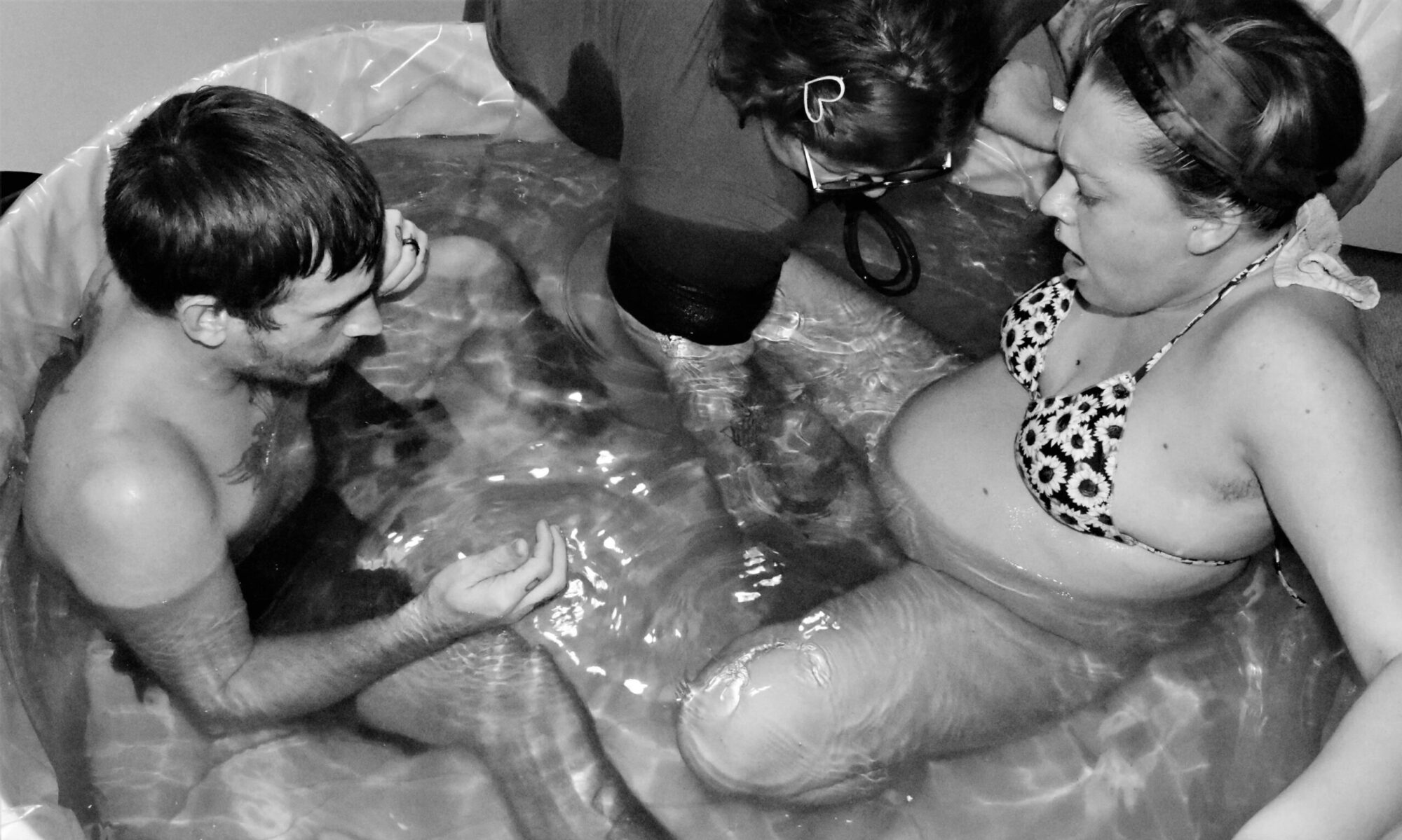 |
Diastasis Recti
Isa Herrera, BA, MES
Maintaining strong abdominal muscles is of utmost importance during pregnancy and after labor. These muscles support the growing uterus, prevent low back pain, improve posture and most importantly, help in the pushing part of labor. During postpartum, strengthening your abdominals will get you back in shape sooner, improve your posture and also prevent back pain. Many pregnant women and new mothers know that it’s crucial to maintain a strong abdominal musculature, yet are confused about which abdominal exercises are safe and effective. Having a basic knowledge of anatomy and knowing the correct techniques will eliminate confusion and clear the way to strong abdominal muscles.
The outmost abdominal muscles form two halves, a right and left recti muscle. These two halves join at the central seam, called the linea alba. During pregnancy, the linea alba softens due to a hormone called relaxin. This softening makes this connection of the two recti muscles vulnerable, and like a zipper it can separate under the pressure of the growing uterus. This separation of the recti muscles is called a diastasis recti and can occur at, below or above the navel. A normal separation is about one to two fingers wide. Doing abdominals incorrectly can cause this space to widen even more. It is this separation that must be evaluated frequently during pregnancy and after birth in order to determine what abdominal exercises are the correct ones for you.
To Check for Separation of the Abdominal Muscles During Pregnancy and After Labor:
- Lay on your back with knees bent
- As you exhale raise your head and palpate linea alba (a soft region between the recti muscles) with your fingers facing downward toward the feet. Check to see how many fingers you are able to insert horizontally in this gap. Check for separation below and above and at the navel.
- If the gap is three fingers or more corrective abdominal exercises should be done slowly and with care in order to avoid making the separation bigger. Elizabeth Noble, PT and author of Essential Exercises for the Childbearing Year recommends splinted head raise with a pelvic tilt and exhalation breathing with abdominal contractions in order to close up a gap.
Corrective Exercise for a Diastasis Recti with Three Fingers Separation:
- Head Raises during pregnancy and after labor:
- Lay on your back with your knees bent and feet on the floor
- Contract your abdominal muscles (bring your belly button towards the spine) and press your lower back into the floor
- Crisscross your hands over your belly, one wrist over the other. Pull your recti muscles together toward the midline
- Exhale and move your chin toward your chest. Hold and breathe out for five breaths.
*** Do not lift the shoulders off the floor and maintain a pelvic tilt) while performing this corrective exercise and don’t forget to breathe..
*** If you feel uncomfortable or get dizzy on the floor, place a couple of pillows underneath your shoulders. so that your shoulders and head are higher than your belly.
Transverse Abdominal (belly breathing):
- Sit with your back against a wall and your recti muscles supported by criss crossing your hands over your belly one wrist over the other or use a Dyna-band to pull recti toward each other
- Every time you exhale focus on pulling your navel toward your spine.
- If you start to feel light headed slow down your exhalation pace. Start with 30 seconds and then increase time when the 30 seconds feels easy working your way up to 90 seconds.
- This exercise should be done throughout your pregnancy in order to strengthen the transverse abdominal. The transverse abdominal will help you push the baby out.
